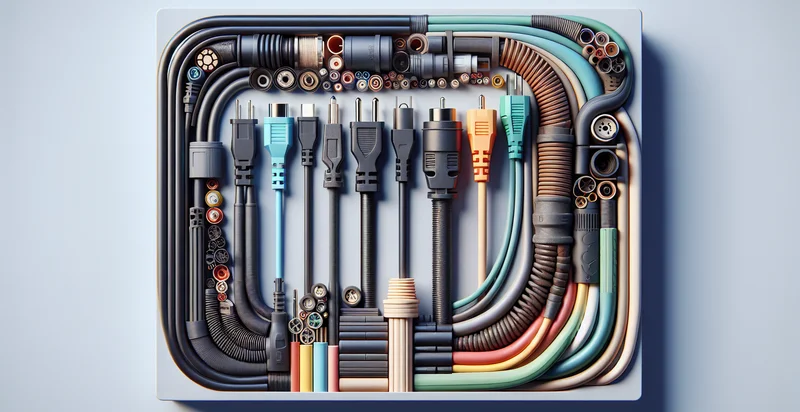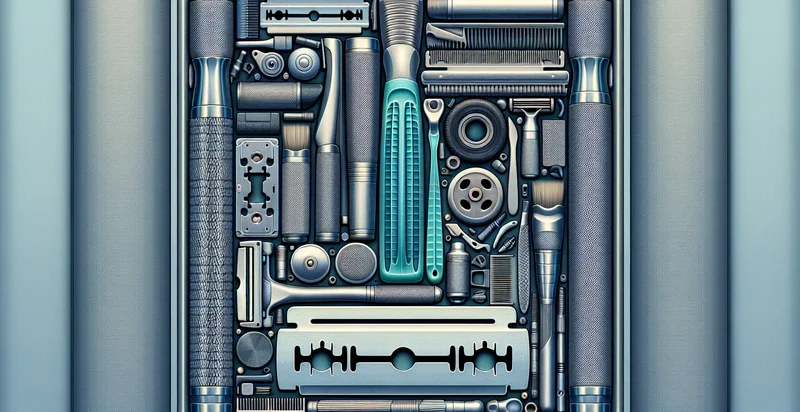Identify what material a dart is made from
using AI
Below is a free classifier to identify what material a dart is made from. Just upload your image, and our AI will predict what material a dart is made from - in just seconds.

Contact us for API access
Or, use Nyckel to build highly-accurate custom classifiers in just minutes. No PhD required.
Get started
import nyckel
credentials = nyckel.Credentials("YOUR_CLIENT_ID", "YOUR_CLIENT_SECRET")
nyckel.invoke("what-material-a-dart-is-made-from", "your_image_url", credentials)
fetch('https://www.nyckel.com/v1/functions/what-material-a-dart-is-made-from/invoke', {
method: 'POST',
headers: {
'Authorization': 'Bearer ' + 'YOUR_BEARER_TOKEN',
'Content-Type': 'application/json',
},
body: JSON.stringify(
{"data": "your_image_url"}
)
})
.then(response => response.json())
.then(data => console.log(data));
curl -X POST \
-H "Content-Type: application/json" \
-H "Authorization: Bearer YOUR_BEARER_TOKEN" \
-d '{"data": "your_image_url"}' \
https://www.nyckel.com/v1/functions/what-material-a-dart-is-made-from/invoke
How this classifier works
To start, upload your image. Our AI tool will then predict what material a dart is made from.
This pretrained image model uses a Nyckel-created dataset and has 10 labels, including Acrylic, Aluminum, Cardboard, Composite, Fiberglass, Foam, Metal, Plastic, Rubber and Wood.
We'll also show a confidence score (the higher the number, the more confident the AI model is around what material a dart is made from).
Whether you're just curious or building what material a dart is made from detection into your application, we hope our classifier proves helpful.
Related Classifiers
Need to identify what material a dart is made from at scale?
Get API or Zapier access to this classifier for free. It's perfect for:
- Material Verification for Quality Control: This function can be integrated into manufacturing processes to ensure that darts are made from specified materials. By identifying the material, manufacturers can streamline quality control checks, ensuring that only darts meeting safety and performance standards are produced.
- Market Research Insights: Retailers can leverage the classification function to analyze customer preferences based on dart materials. This data can help companies understand trends in consumer behavior and adjust their product offerings to meet market demand.
- Compliance with Regulations: Sporting goods companies can utilize the function to verify that their dart materials comply with relevant safety regulations and standards. This feature can help ensure that products meet industry requirements before they are marketed to consumers.
- Product Development and Innovation: By understanding the characteristics of different dart materials, manufacturers can innovate and develop better-performing products. The function can assist in identifying materials that enhance durability, aerodynamics, or aesthetics.
- Enhanced Customer Experience: Darts players can use the classification function as a tool to find the ideal dart material suited to their playing style. This personalized recommendation can improve their overall experience and increase customer loyalty.
- E-commerce Product Listings: Online retailers can implement this function to provide detailed descriptions of dart materials on their product pages. Enhanced material information can improve the buyer's ability to make informed choices, likely leading to higher sales conversion rates.
- Competitive Analysis: Sporting goods companies can use the function to analyze competitors’ products by identifying the materials used in their darts. This comparative analysis can inform strategic decisions regarding pricing, marketing, and product differentiation in the competitive landscape.


